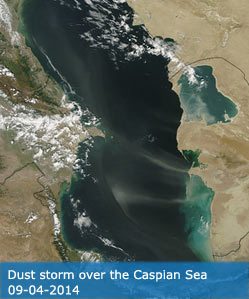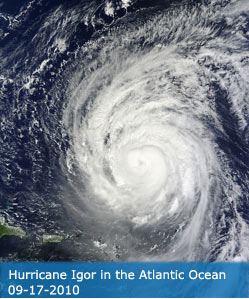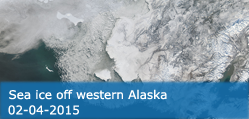Science Team
Publications
Miniandi, ND; Muhammad, MKI; Jamal, MH; Shahid, S (2024). Urbanization signature on hourly rainfall extremes of Kuala Lumpur. SUSTAINABLE CITIES AND SOCIETY, 112, 105610.
Abstract
This study uses high-resolution satellite data to investigate the impact of urbanization on the local climate of Kuala Lumpur, Malaysia. Nonparametric statistical methods, including trend test, spatial correlation, and quantile regression, were employed to quantify interrelationships between satellite nighttime light (NTL), Moderate Resolution Imaging Spectroradiometer (MODIS) land surface temperature (LST), and Global Satellite Mapping of Precipitation (GSMaP) extreme rainfall events. The results revealed that urbanization increased Kuala Lumpur's LST by 3.8 to 4.1 degrees C and the 99th percentile rainfall by 10 to 43 % compared to surrounding areas. The correlation analysis showed an association (r = 0.62) between the trends in LST and rainfall extremes, with a significance level of p < 0.05. The NTL trend analysis showed a rapid expansion of the city, particularly in the west, and thus, an expansion of high LST areas and extreme rainfall amounts. Quantile regression results confirmed the influence of increased LST on rainfall extremes. The trends for hourly rainfall revealed increases mainly between 2pm and 9pm in the city, which is attributed to the intensification of convective rainfall caused by increased LST. The study highlights the importance of mitigating urban LST to reduce climatic extremes and promote sustainable urban development.
DOI:
10.1016/j.scs.2024.105610
ISSN:
2210-6707




